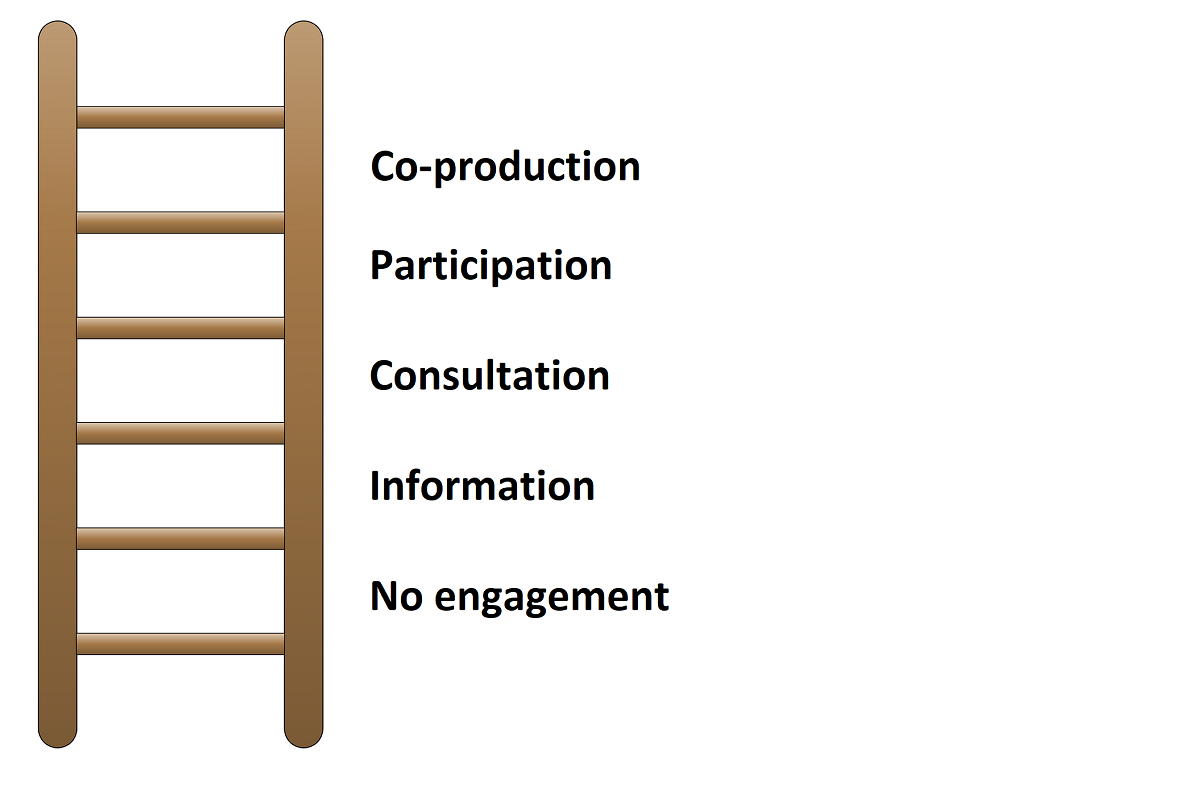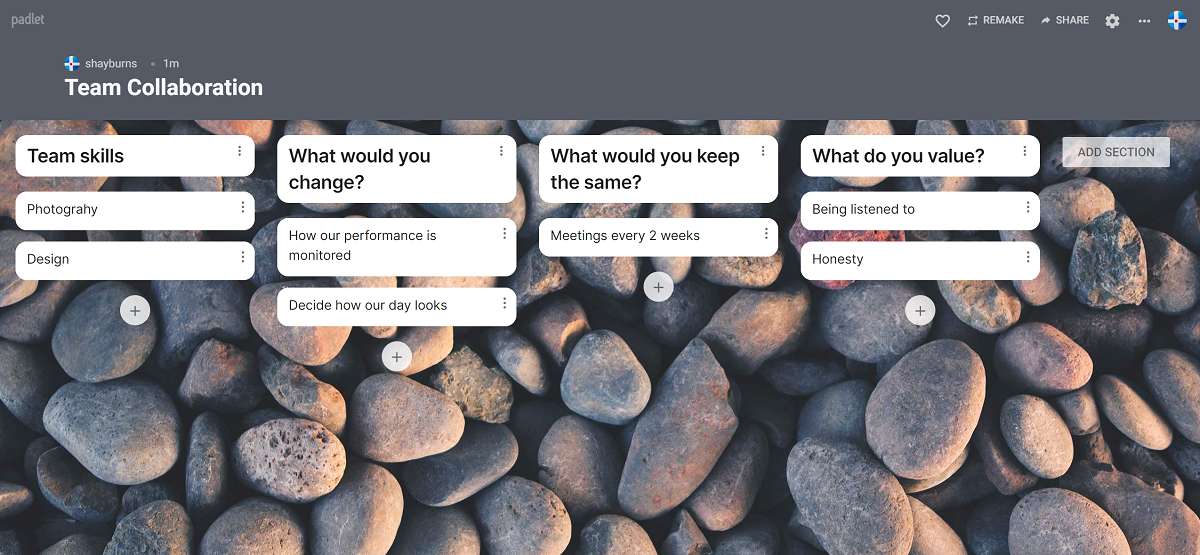There is a strong link between team motivation and engagement, which means you can't have one without the other. If your team doesn't have the will to do something, they won't be interested in participating.
Let's look at how you can improve both of these in your workplace.
Engaging Your Team Through Collaboration
The foundations of generating motivation and engagement from your team is understanding that they have their own values and needs. For them to want to contribute, you need to show them that you care about what they have to say.
Collaborating with your team is a vital step to ensuring that they are committed to their work. In fact, one of the seven top reasons why employees leave jobs is a lack of contribution to the organization's goals. In addition to this, 75% of employees rated collaboration as “very important” according to a study done by the Queen's University of Charlotte.
When you work closely with your team and involve them in decision-making, you will see increased levels of trust, engagement, and productivity. This is because it gives them a sense of ownership and control, which holds them accountable to their work and the wider workforce.
However, true collaboration isn't just a case of giving your workers a bit of project work every now and again. The Ladder of Participation shows the different levels of participation and what they mean.
Providing information to your colleagues and asking them for their input on a project is quite low on the ladder, whereas having their opinions and skills embedded in production is high up. Basically, it needs to be a partnership.
So, how do you make this happen? Get together with your team and find out what is important to them. You can do this face to face or remotely, but it is useful to have a tool to get started. Padlet is especially useful for this, as it has several pre-set templates you and your team can contribute to.
It's a free application that allows others to contribute anonymously and in real-time, and supports many file types such as images, music, Microsoft Office files, links to websites, and more. To get started, simply do the following:
- Click Make a Padlet from the home screen.
- Pick a Template that best suits your needs.
- On the Modify toolbar, give your padlet a Title and Description if you choose.
- Click the Plus symbol in the bottom-right of your screen to add a Post as many times as you like.
- To add contributors, click Share at the top-right of your screen.
- Copy the link to clipboard and send the link to your team to give them full access.
From here you can dig deeper into your team's potential by developing projects that they lead on and make changes, if possible, to any processes that hinder their engagement.
Motivating Your Team by Personalizing Work Tools
Everyone has different ways of working that maximize their strengths; some people are more visual, and some prefer some applications over others. If your team is only permitted to use apps you approve, you could stifle their abilities.
In order to make your team more motivated, you might want to consider letting them use their own software and programs, including use of their phones.
The reason why most employers ban phones from the workplace is the concern that staff might use them to go on social media and avoid work. However, all this says to your team is that you don't trust them, and this creates a culture of mistrust.
Smartphones are essentially compact tools with access to productivity apps that could make your team more efficient. Enabling people to use their own devices during work hours will give them autonomy to personalize their workspace and assurance that you view them as professionals.
Using the 5:1 Method to Give Feedback
Another reason why employees become disengaged and leave jobs is a lack of recognition and not feeling valued. This is directly tied to the style and frequency of how you provide feedback. To secure good engagement from your team, you need to make sure you notice when they work hard and praise them for this.
In the highest performing teams, the praise-to-criticism ratio is 5:1. This basically means that for every negative comment you make, you should give five positive comments.
For example, during a regular check in with a staff member, you mention that their time management needs improving. According to the 5:1 method, you should integrate this between five positive comments on what they're doing well.
This can be challenging, but it doesn't need to be; even the smallest of compliments can result in a huge morale boost. Think small by considering all the skills it takes to do their job, and you will see improvements in their willingness to engage. If this is done regularly, you might even see them going out of their way to impress you and come to you with ideas.
Using applications such as Microsoft Teams and Slack can be great for this, especially if you want to apply the 5:1 ratio into every day communication with your employees. You can use the chat function to comment on any work they send you and do shout-outs in group chats, so that they feel each team member feels valued.
Alternatively, you can send out a weekly e-mail roundup, where you highlight skills and good work, and thank your team for their time.
Improved Team Motivation and Engagement
People contribute more when they feel like their views matter and that they have a personal obligation to the work. Keeping teams motivated and engaged is a challenging aspect of management that requires dedication and practice, and is essential for high performance and retention.
When you invest time into creating a culture of trust, recognition, and partnership, you will be rewarded with increased output and productivity. The workers you manage will feel rooted in the organization's overall goals, and it may indirectly enhance your relationship with them, too.





